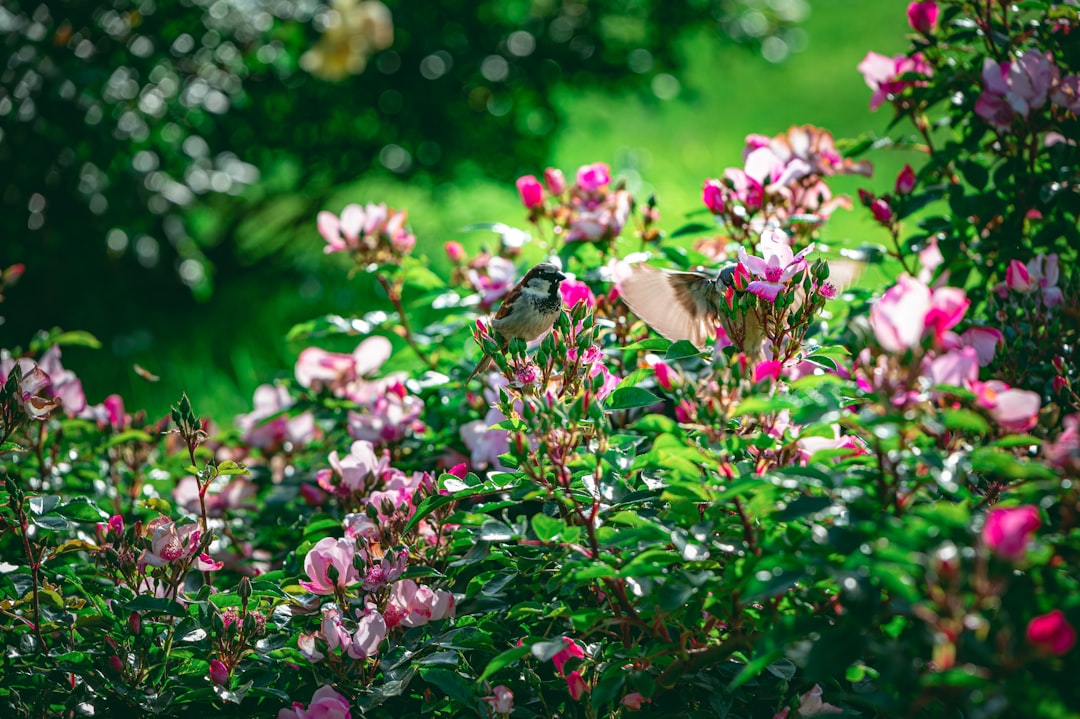Unveiling the Wonders of Southern California's Native Flora

In the vast expanse of gardening, the concept of gardening by region holds a special allure. Each geographical area presents a unique set of environmental conditions, from temperature and humidity to soil type and sunlight exposure. Southern California, with its hot, dry climate, is no exception. It offers a distinct canvas for gardeners to paint with the vibrant hues of native plants and flowers that have adapted to thrive in these challenging conditions.
One of the remarkable aspects of gardening in Southern California is the opportunity to work with native species. These plants have evolved over time to withstand the region's specific climate, making them not only resilient but also well - suited to the local ecosystem. They require less water compared to non - native plants, which is a significant advantage in an area often plagued by drought.
Let's start with the iconic California poppy (Eschscholzia californica). This bright orange flower is a symbol of the Golden State. Its delicate petals seem to glow in the sunlight, adding a splash of color to any garden. The California poppy is extremely drought - tolerant and can grow in a variety of soil types, from sandy to loamy. It thrives in full sun, which is abundant in Southern California. The plant is also known for attracting pollinators such as bees and butterflies, contributing to the overall health of the garden ecosystem.
Another native plant that does well in the hot, dry conditions of Southern California is the Coast Live Oak (Quercus agrifolia). This evergreen tree is a staple in many local landscapes. It has deep roots that help it access water deep within the soil, allowing it to survive long periods of drought. The Coast Live Oak provides shade, which is a precious commodity in the scorching summer months. Its leaves are a food source for many native insects, and its acorns are eaten by birds and small mammals.
For those looking for a ground - covering option, the Deer Grass (Muhlenbergia rigens) is an excellent choice. This grass is native to the western United States, including Southern California. It forms dense clumps of slender, arching leaves that sway gracefully in the wind. Deer Grass is highly drought - tolerant and can grow in poor soil conditions. It is also fire - resistant, which is an important consideration in an area prone to wildfires. The grass provides habitat for small animals and insects and adds a natural, rustic look to the garden.
The Matilija Poppy (Romneya coulteri) is another show - stopper. Also known as the “fried - egg flower” due to its large, white petals and yellow center, it can reach up to 8 feet in height. This perennial plant is well - adapted to the dry, rocky slopes of Southern California. It has a deep taproot that allows it to access water during dry spells. The Matilija Poppy is a slow - growing plant but is well worth the wait for its spectacular blooms.
When planning a garden in Southern California, it's important to consider the layout and design. Grouping plants with similar water and sunlight requirements together can make maintenance easier. For example, placing drought - tolerant plants in areas that receive full sun and minimal water, and reserving shadier spots for plants that need a bit more moisture.
Soil preparation is also crucial. Southern California soil can be sandy or clay - based, and amending it with organic matter such as compost can improve its structure and water - holding capacity. Adding a layer of mulch around plants can help retain moisture, suppress weeds, and regulate soil temperature.
In addition to the aesthetic appeal, gardening with native plants in Southern California has ecological benefits. Native plants support local wildlife, including birds, butterflies, and beneficial insects. They also help prevent soil erosion and contribute to the overall health of the ecosystem. By choosing native plants, gardeners can create a sustainable and beautiful garden that is in harmony with the natural environment.
Moreover, the educational aspect of gardening with native plants cannot be overlooked. It provides an opportunity for people to learn about the local flora and the importance of conservation. Children can be especially engaged in the process, learning about plant life cycles, pollination, and the role of plants in the ecosystem.
In conclusion, gardening in Southern California offers a wealth of possibilities with its native plants and flowers. From the colorful California poppy to the majestic Coast Live Oak, these plants are not only beautiful but also well - adapted to the region's hot, dry climate. By incorporating native species into our gardens, we can create sustainable, vibrant landscapes that support local wildlife and contribute to the health of the environment. Whether you're a seasoned gardener or a beginner, exploring the world of Southern California native plants is an adventure worth embarking on.